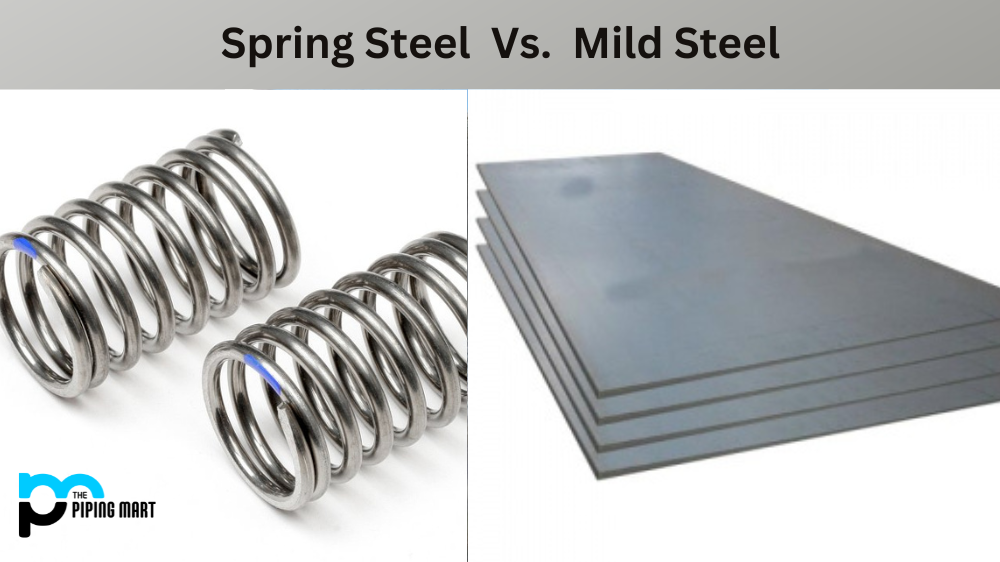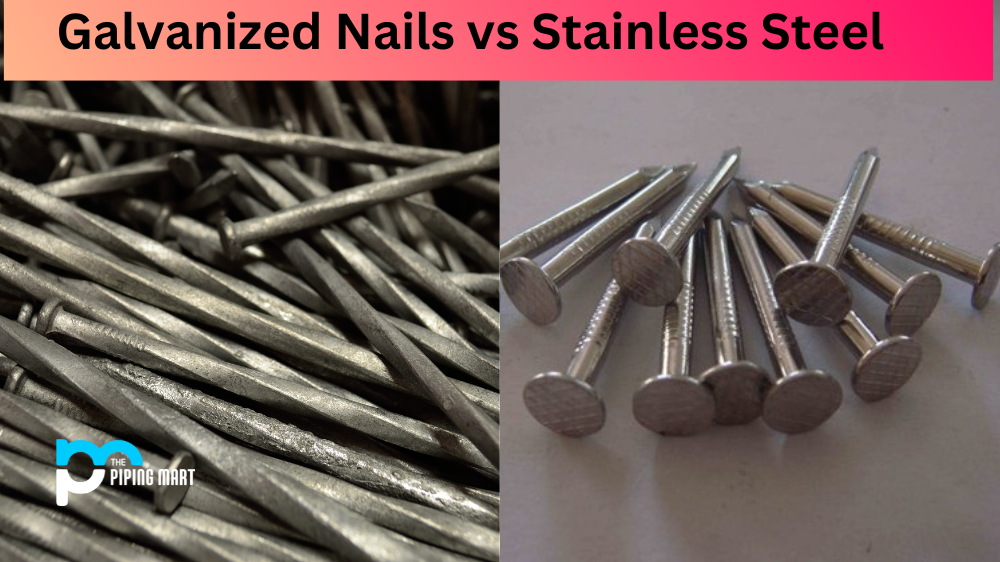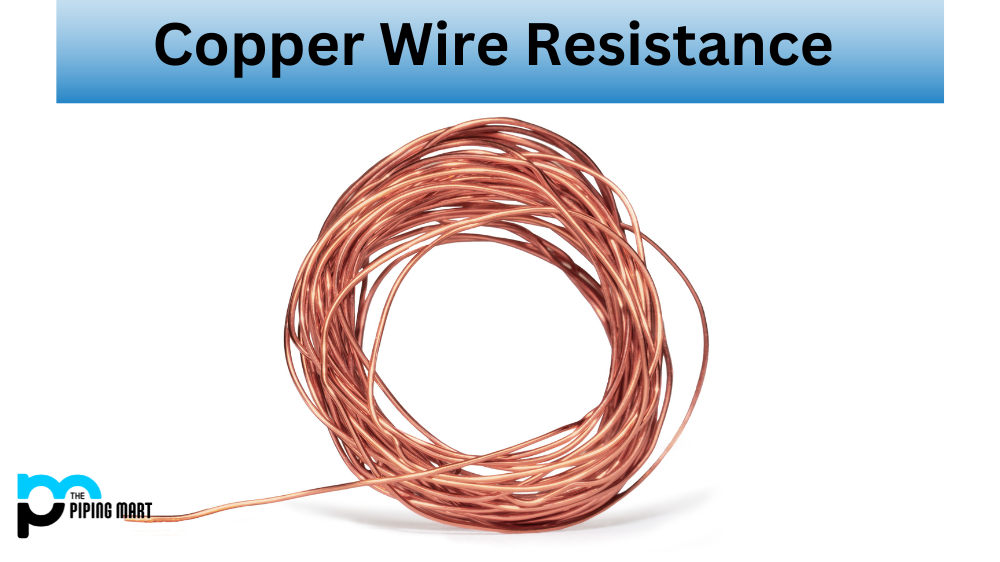Regarding metal fabrication, two common types of steel are used in the industry – spring and mild steel. While both are excellent materials for manufacturing, they have very different properties, making them better suited for other applications. In this blog post, we will discuss the differences between spring and mild steel so that you can make an informed decision when selecting a material for your next project.
Spring Steel Properties
Spring steel is an alloy made up of carbon and iron with a high level of elasticity. This combination allows it to be used in applications where there is a need for flexibility or resilience. It is also highly resistant to corrosion, making it ideal for outdoor applications that are exposed to the elements. Additionally, spring steel can be easily bent or shaped without losing its strength or durability due to its unique properties.
Mild Steel Properties
Mild steel is a low-carbon alloy with a shallow level of elasticity. It does not have the same flexibility as spring steel but is still extremely strong and durable. Mild steel also has excellent weldability, which makes it easy to shape into various forms. This makes it perfect for projects that require complex shapes or precision components, such as machine parts or automotive components. Additionally, mild steel is much more affordable than other types of metals, making it a popular choice among those on a tight budget.
Difference Between Spring Steel and Mild Steel
Composition
One of the primary differences between spring steel and mild steel is their composition. Spring steel is a high-carbon steel that contains between 0.6% and 1.7% carbon, while mild steel contains less than 0.3% carbon. This difference in carbon content gives spring steel its unique properties.
Strength
Spring steel is much stronger than mild steel, making it ideal for applications where high levels of strength are required. For example, spring steel is often used in the suspension systems of cars and trucks as it can withstand the high levels of stress that are placed on these components. Additionally, spring steel is often used in the construction of buildings and bridges as it can support heavy loads without deforming.
Elasticity
Another key difference between spring steel and mild steel is their elasticity. Spring steel has a higher level of elasticity than mild steel, meaning it can return to its original shape after being bent or stretched. This makes spring steel ideal for applications where parts need to be able to withstand repeated stress without breaking or permanently deforming.
Cost
Spring steel is typically more expensive than mild steel as it contains a higher level of carbon. However, the added strength and elasticity of spring steel make it worth the extra cost for many applications.
Uses
Spring steel is typically used in applications where high levels of strength and elasticity are required, such as in the suspension systems of cars and trucks or in the construction of buildings and bridges. Mild steel, on the other hand, is typically used for general purpose applications where lower levels of strength are sufficient
Conclusion:
Spring and mild steel each have unique properties, making them suitable for different applications within the metal fabrication industry. Spring steel is most often used when there is a need for flexibility or resilience; mild steel is used when precise shapes are required, or affordability is an issue. Understanding the differences between these two types of metals can ensure that you select the suitable material for your project. Ultimately, whether you choose spring or mild steel will depend on your specific requirements and budget restraints, so be sure to consider both before making your final decision!
Meet Heer, a dynamic and driven writer learning tricks of her trade in the metal industry. With a background in Digital Marketing, Heer brings a unique perspective to her writing, sharing valuable insights. Apart from blogging she like reading and hiking.




